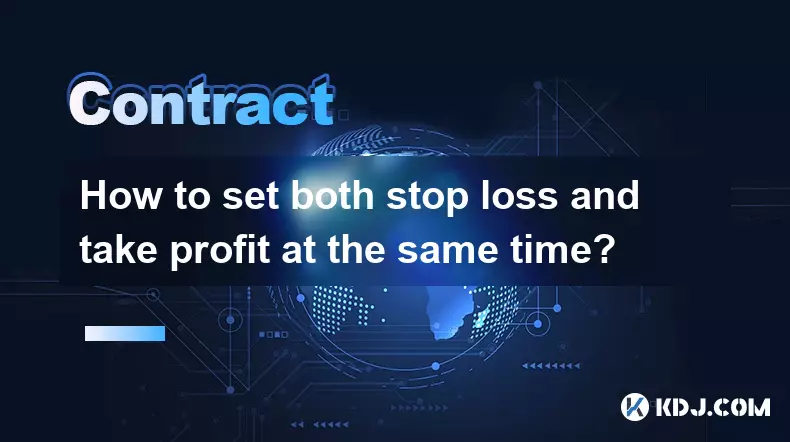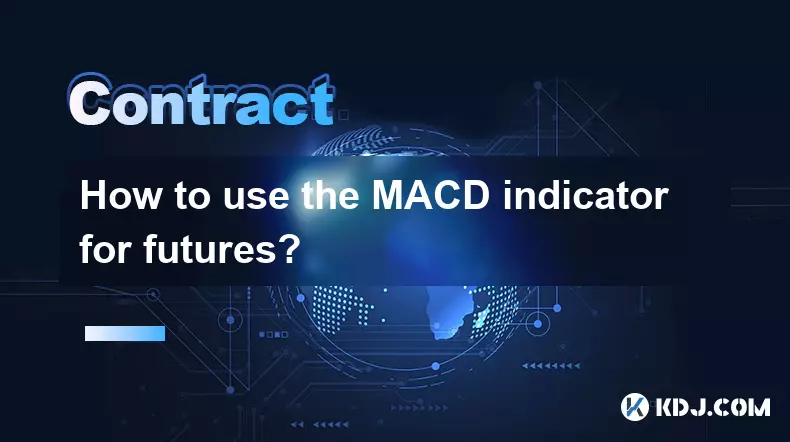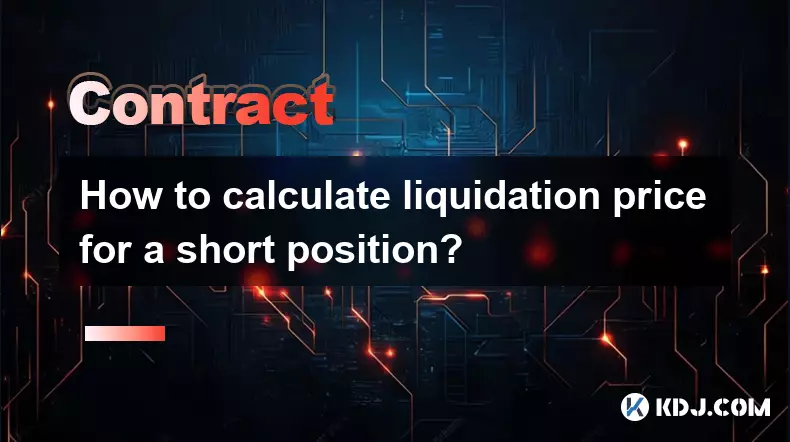-
 Bitcoin
Bitcoin $111200
0.90% -
 Ethereum
Ethereum $4291
0.34% -
 XRP
XRP $2.875
2.59% -
 Tether USDt
Tether USDt $1.000
0.01% -
 BNB
BNB $874.2
1.69% -
 Solana
Solana $204.6
1.95% -
 USDC
USDC $1.000
0.01% -
 Dogecoin
Dogecoin $0.2242
4.43% -
 TRON
TRON $0.3296
2.80% -
 Cardano
Cardano $0.8303
1.32% -
 Hyperliquid
Hyperliquid $47.06
2.49% -
 Chainlink
Chainlink $22.24
0.88% -
 Ethena USDe
Ethena USDe $1.001
0.01% -
 Sui
Sui $3.390
2.03% -
 Bitcoin Cash
Bitcoin Cash $603.7
1.59% -
 Stellar
Stellar $0.3594
1.02% -
 Avalanche
Avalanche $24.53
0.60% -
 Hedera
Hedera $0.2191
2.28% -
 UNUS SED LEO
UNUS SED LEO $9.547
-0.29% -
 Cronos
Cronos $0.2604
-2.54% -
 Litecoin
Litecoin $114.3
1.95% -
 Toncoin
Toncoin $3.099
1.18% -
 Shiba Inu
Shiba Inu $0.00001241
1.41% -
 Polkadot
Polkadot $3.979
4.42% -
 Uniswap
Uniswap $9.338
0.52% -
 World Liberty Financial
World Liberty Financial $0.2281
6.80% -
 Dai
Dai $1.000
0.00% -
 Ethena
Ethena $0.7424
1.91% -
 Monero
Monero $271.5
1.22% -
 Aave
Aave $301.2
0.96%
How to hedge a spot position with futures?
Hedging a crypto spot position with futures helps protect against price drops by offsetting losses with gains in short futures, preserving capital during volatility.
Sep 07, 2025 at 06:54 pm

Hedging a Spot Position Using Futures in the Crypto Market
1. Holding a significant amount of cryptocurrency in a spot wallet exposes investors to price volatility. When the market shows signs of a potential downturn, traders can use futures contracts to protect their holdings. By taking an opposite position in the futures market, investors can offset potential losses in their spot portfolio. For example, if a trader owns 10 BTC, they can short 10 BTC worth of futures contracts to neutralize the directional risk.
2. The key to effective hedging lies in matching the value of the spot position with an equivalent futures position. This requires calculating the contract size and adjusting for leverage. Most futures contracts are standardized, so traders must determine how many contracts are needed to match their spot exposure. For instance, on exchanges like Binance or Bybit, one BTCUSD perpetual contract typically represents 1 BTC, making it straightforward to hedge 5 BTC by shorting 5 contracts.
3. Timing plays a crucial role in executing a hedge. Entering the futures position too early may lead to unnecessary funding fee costs, while entering too late might miss the opportunity to prevent losses. Traders should monitor market indicators such as order book depth, funding rates, and macroeconomic news to time their hedge effectively.
4. Funding rates in perpetual futures contracts can impact the cost of maintaining a hedge. When funding rates are positive, short position holders pay longs, increasing the expense of a short hedge. Traders must factor in these recurring payments, especially for long-term hedges, and consider whether quarterly futures—though less liquid—might reduce ongoing costs.
5. A well-executed hedge does not aim to generate profit but to preserve capital. The goal is to ensure that losses in the spot market are counterbalanced by gains in the futures position. This strategy is particularly valuable during periods of high volatility, such as regulatory announcements or macroeconomic shocks that can trigger sharp price movements in digital assets.
Selecting the Right Futures Contract
1. Not all futures contracts behave the same way. Traders must choose between perpetual and quarterly futures. Perpetual contracts offer continuous trading and high liquidity but come with funding rate costs. Quarterly futures, while less liquid, settle at a fixed date and avoid recurring funding payments, making them suitable for long-term hedges.
2. The underlying asset must match the spot holding. Hedging BTC with ETH futures would not provide effective protection due to differing price movements. Correlation between assets is critical—only instruments with a high beta to the spot asset should be used.
3. Exchange selection matters. Platforms like Deribit, OKX, and BitMEX offer deep order books and reliable price feeds. Choosing an exchange with strong liquidity ensures that large hedge orders can be executed without significant slippage.
4. Traders should verify the settlement mechanism. USD-settled contracts are common and simplify profit and loss calculations. However, crypto-settled futures may introduce additional volatility due to the denomination asset’s price swings.
5. Leverage settings should be managed carefully. While high leverage increases capital efficiency, it also raises the risk of liquidation. For hedging purposes, low or moderate leverage is recommended to maintain position stability even during extreme market moves.
Monitoring and Adjusting the Hedge
1. Market conditions change rapidly in the crypto space. A hedge that was effective yesterday may become imbalanced due to price movement or changes in portfolio value. Regular monitoring ensures the hedge remains aligned with the current spot exposure.
2. If the spot position is increased, the futures short must be adjusted proportionally. Failing to scale the hedge can leave part of the portfolio unprotected. Automated trading bots or alerts can help maintain this balance in real time.
3. Volatility spikes can trigger liquidations, especially if the futures position is over-leveraged. Traders should set appropriate stop-losses or maintain excess margin to withstand drawdowns without being forced out of the hedge.
4. Funding rate trends should be reviewed frequently. A shift from negative to positive funding can significantly increase the cost of maintaining a short position. In such cases, switching to a quarterly contract or reducing hedge size may be necessary.
5. When the market stabilizes or the trader decides to exit the hedge, both positions should be closed in a coordinated manner. Closing only the futures leg while keeping the spot position exposes the trader to renewed directional risk.
Risks and Limitations of Crypto Hedging
1. Basis risk exists when the futures price does not move in perfect correlation with the spot price. During extreme market stress, the spread between spot and futures can widen, leading to incomplete protection.
2. Exchange-specific risks, such as downtime or insolvency, can prevent timely execution or closure of futures positions. Diversifying across multiple reputable platforms can mitigate this exposure.
3. Regulatory changes may impact the availability or legality of futures trading in certain jurisdictions. Traders must stay informed about local laws that could affect their hedging strategy.
4. Imperfect correlation between different BTC futures markets can result in discrepancies. For example, a hedge executed on Binance may not perfectly offset losses if the spot price is tracked on Coinbase due to inter-exchange price differences.
5. Over-hedging can turn a protective strategy into a speculative position. If the futures position exceeds the spot holding, the trader becomes net short and may incur losses if the market rises.
Frequently Asked Questions
What happens if the futures position gets liquidated while the spot position is still held?Liquidation of the futures leg removes the downside protection. The spot holdings remain exposed to price declines. To prevent this, traders should use conservative leverage and maintain sufficient margin in the futures account.
Can stablecoins be used to hedge a crypto spot position?Stablecoins act as a partial hedge by preserving nominal value, but they do not provide directional protection against price drops. They are not a substitute for futures-based hedging when the goal is to maintain exposure while reducing risk.
Is it possible to hedge a portfolio of multiple cryptocurrencies?Yes, but each asset must be hedged individually using its corresponding futures contract. Portfolio beta weighting can help determine the appropriate hedge ratio for each coin based on its volatility and correlation to the overall market.
Do funding rates always make hedging expensive?Not necessarily. During bearish sentiment, funding rates can turn negative, meaning short position holders receive payments. In such environments, maintaining a short futures hedge can generate income while providing protection.
Disclaimer:info@kdj.com
The information provided is not trading advice. kdj.com does not assume any responsibility for any investments made based on the information provided in this article. Cryptocurrencies are highly volatile and it is highly recommended that you invest with caution after thorough research!
If you believe that the content used on this website infringes your copyright, please contact us immediately (info@kdj.com) and we will delete it promptly.
- Dogecoin, Shiba Inu, and the 1000x Hunt: What's Next?
- 2025-09-08 04:25:16
- Arbitrum (ARB) Price Prediction: Will Bulls Conquer $0.50?
- 2025-09-08 04:45:16
- XRP Price Gears Up: Symmetrical Triangle Points to a Big Move
- 2025-09-08 05:25:11
- Altcoins, Token Unlocks, and Listing Schedules: What's the Deal?
- 2025-09-08 05:45:12
- XRP Sell-Off, Coinbase, and Bill Morgan: What's the Real Deal?
- 2025-09-08 05:45:12
- Shiba Inu, Price Prediction, Meme Coin: Is SHIB Still Worth the Hype?
- 2025-09-08 05:05:11
Related knowledge

How to set both stop loss and take profit at the same time?
Sep 06,2025 at 04:36pm
Understanding Simultaneous Stop Loss and Take Profit Orders1. Placing both stop loss and take profit orders at the same time is a standard practice in...

What is copy trading for crypto futures?
Sep 07,2025 at 02:00am
What Is Copy Trading in Crypto Futures?1. Copy trading in crypto futures allows investors to automatically replicate the trades of experienced traders...

How to use the MACD indicator for futures?
Sep 07,2025 at 09:00pm
Understanding the MACD Indicator in Futures Trading1. The MACD (Moving Average Convergence Divergence) indicator is a momentum oscillator widely used ...

What to do if you are about to be liquidated?
Sep 06,2025 at 01:00am
Understanding Liquidation in the Crypto Market1. Liquidation occurs when a trader’s margin balance falls below the required maintenance margin, forcin...

How to calculate liquidation price for a short position?
Sep 08,2025 at 03:54am
Understanding the Basics of Short Position Liquidation1. A short position in the cryptocurrency market involves borrowing an asset and selling it imme...

What is an insurance fund on crypto exchanges?
Sep 06,2025 at 03:36pm
Understanding the Role of Decentralized Exchanges in Modern Cryptocurrency Trading1. Decentralized exchanges (DEXs) have emerged as a cornerstone of t...

How to set both stop loss and take profit at the same time?
Sep 06,2025 at 04:36pm
Understanding Simultaneous Stop Loss and Take Profit Orders1. Placing both stop loss and take profit orders at the same time is a standard practice in...

What is copy trading for crypto futures?
Sep 07,2025 at 02:00am
What Is Copy Trading in Crypto Futures?1. Copy trading in crypto futures allows investors to automatically replicate the trades of experienced traders...

How to use the MACD indicator for futures?
Sep 07,2025 at 09:00pm
Understanding the MACD Indicator in Futures Trading1. The MACD (Moving Average Convergence Divergence) indicator is a momentum oscillator widely used ...

What to do if you are about to be liquidated?
Sep 06,2025 at 01:00am
Understanding Liquidation in the Crypto Market1. Liquidation occurs when a trader’s margin balance falls below the required maintenance margin, forcin...

How to calculate liquidation price for a short position?
Sep 08,2025 at 03:54am
Understanding the Basics of Short Position Liquidation1. A short position in the cryptocurrency market involves borrowing an asset and selling it imme...

What is an insurance fund on crypto exchanges?
Sep 06,2025 at 03:36pm
Understanding the Role of Decentralized Exchanges in Modern Cryptocurrency Trading1. Decentralized exchanges (DEXs) have emerged as a cornerstone of t...
See all articles

























































































